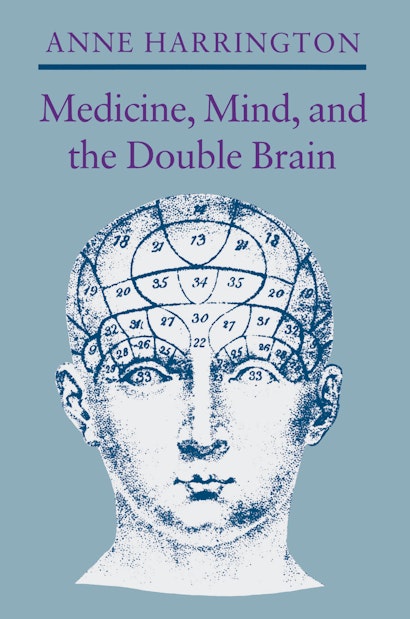The description for this book, Medicine, Mind, and the Double Brain: A Study in Nineteenth-Century Thought, will be forthcoming.
"Surely the rising star of body parts in the 1980 . . . Be right brain. Bookstores are well-stocked with guides to using the right brain in activities ranging from drawing business Techniques for brain training include talking with the telephone at the left ear, putting the right arm in a sting for a week, banning the use of the word 'no' and drawing the 'negative space' around the object instead of the object itself. Such exercises allegedly help us regain what some call 'wbole-brain thinking,' especially those creative capacities ('R-modes') of the right hemisphere of the brain that have been neglected in favor of left-brain logic. . . . Anyone tempted to invest in R-modes will profit from Anne Harrington's enlightening history of the concept of the double brain. . . . Her book serves as a timely warning that the functions of the brain's hemispheres, like other kinds of division of labor, are likely to be far more complicated than the simple, seductive division into left and right can explain."—Elaine Showalter, New York Times Book Review
"Anne Harrington . . . .
An account of the emergence of our understanding of our own inner dissymmetry. It sets the striving towards comprehension amid the social prejudices and pressures of the nineteenth century and shows how the expectations of the time moulded scientific opinion."—P. W. Atkins, London Review of Books
"Anyone interested in the differences in function between the left andright brain hemispheres will find Anne Harrington's ?binturicul? Account a freshening and sobering revelation. Far from being a new field of neuroscience, cerebral laterality was the center of significant and impassioned controversy in the latter half of the nineteenth century, with ramifications into . . . Accurate, fascinating, and important."—Julian Jaynes, author of The Origin of Consciousness in the Breakdown of the Bicameral Mind

